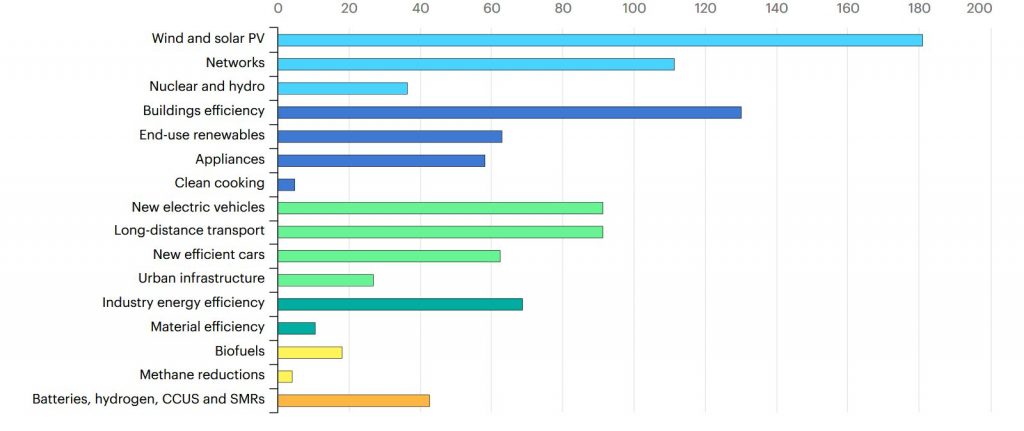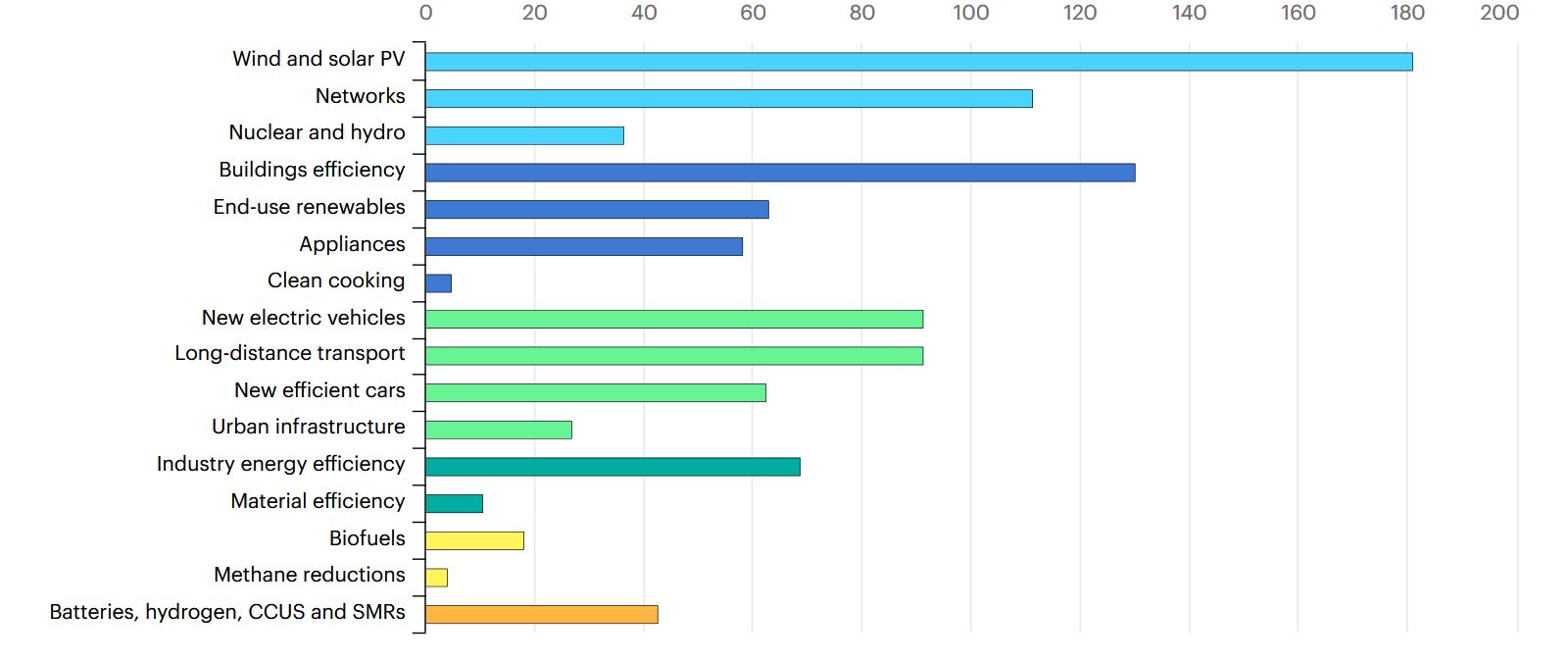The new Sustainable Recovery Plan released by the International Energy Agency in response to the Covid-19 pandemic and economic crisis being felt across the world has recommended hydropower and nuclear reactor modernization as one of key policy measures. The plan seeks to show governments what they can do to boost economic growth, create jobs and put global greenhouse gas emissions into structural decline. It sets out over 30 policy measures to be carried out over the next three years requiring about US$1 trillion of additional annual investment (from both the public and private sectors).

Recommended USD 60 billion expenditure for hydro in USD 3 trillion 3-year recovery plan (2%) shows relatively low significance of this sector in overall development of “sustainable energy system”, therefore IEA explains in detail the rationale for maintaining nuclear and hydropower investments in the Plan.
Together nukes and hydro still represent today almost 30% of global electricity supply and provide 70% of low-carbon electricity generation (It was 99% just 20 years ago). In 2019, capital spending on new and existing projects was over $50 billion globally for hydropower and nearly $40 billion for nuclear power (much lower estimates available for hydro from other sources). Without additional lifetime extensions, nearly 40% of the nuclear reactor fleet in advanced economies will retire by 2030 (RwB: Bon voyage!). Many hydropower facilities in advanced economies are also several decades old. Hydro and nuclear power have proven relatively resistant to the Covid-19 crisis to date, but challenging conditions have worsened in key markets where they are exposed to wholesale price or volume risk. The resulting reduction in revenues and the uncertain pace of recovery puts at risk capital flows for both hydro and nuclear power, which are more often exposed to market prices and volumes than other low-carbon sources.
Both technologies are capital intensive, and projects can be among the largest in the energy sector in terms of total investment. For example, first-of-a-kind nuclear reactors, mega-hydropower projects and large refurbishment programmes can each require more than $10 billion in capital spending. Nuclear lifetime extensions of 20 years cost between $0.5‑1.1 billion per GW. With long development times and high capital requirements, finding ways to limit risks and facilitate low-cost financing is clearly very important.
Accelerating the deployment of new hydro or large-scale nuclear projects can be challenging: siting can be a lengthy process, and project development may take several years even under the best conditions before construction can begin (so the IEA’s rationale for not supporting greenfield hydro is all about economics without any consideration of their environmental or social costs).
Existing hydropower projects can be upgraded by replacing turbines to increase maximum output or adding new pumping facilities to support more flexible operations. Upgrades and construction work at hydropower projects create about 3 jobs per million dollars of capital spending. Nuclear lifetime extensions create about 2-3 jobs per million dollars of capital spending, as well as preserving local O&M jobs. This is higher than wind (2 jobs) but lower than solar PV on a utility-scale (9+ jobs), however new renewables create many more O&M jobs than hydro (RwB).
Hydro and nuclear power presently are important for electricity security in many regions since they have high availability and are dispatchable, low-carbon sources of electricity. Hydropower is an important source of power system flexibility in many regions and has played a central role in accommodating sharp reductions in electricity demand in several countries during lockdowns related to the Covid-19 crisis (RwB: especially at political rallies in India).
Hydropower is subject to seasonal variations determined by water availability, and there are risks that climate change could permanently reduce water availability in some regions, although other regions may see an increase. Nuclear power is one of the most water-intensive power technologies and is often located on coastlines to ensure a critical supply of water for cooling reactors. Both hydro and nuclear power are less dependent on critical minerals in their designs and operations than other low-carbon technologies.
To support hydropower development, the report notes the benefits of loan guarantees and preferential loans, where available, to lower the cost of financing. Longer-term policies such as carbon pricing, capacity payment mechanisms and enhanced flexibility markets are also mentioned.
The GHG abatement costs (< USD 5 per tCO2-eq) of modernizing hydropower facilities are very low compared to extending the lifetime of nuclear facilities and new build wind and solar. In addition, the report estimates that an additional 1 GW of hydropower capacity avoids about 3 Mt CO2 emissions if displacing coal, twice less than nukes would replace…
The longer-term benefits of hydropower modernization to improving electricity security, reducing prices and building resilience was also highlighted.
The IEA plan includes an additional US$20 billion being spent each year, over the three years, mainly to support continued generation from existing hydropower facilities and another 15 billion to extend service of nuclear reactors. (From the RwB’s standpoint this money could be put to better use, while the overall IEA plan completely lacks ecological dimension and does not assess environmental impacts of suggested measures ).
Sources:

